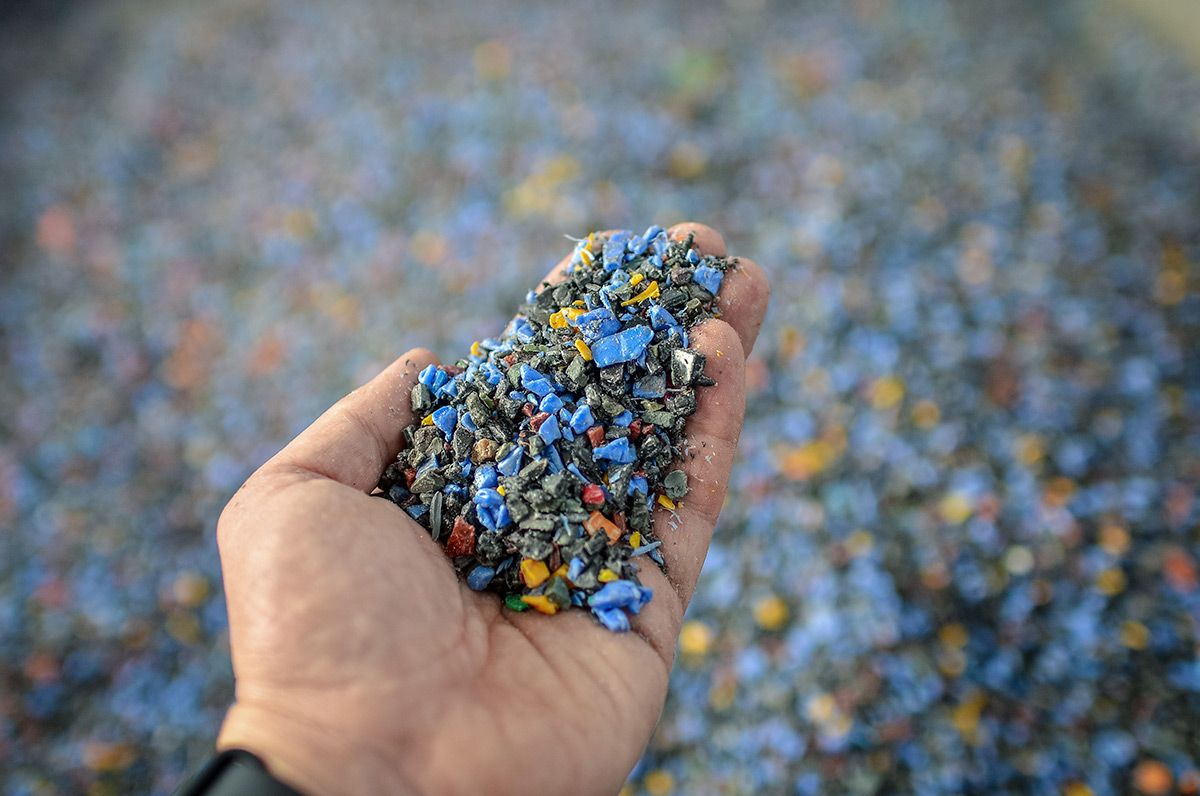
The demand for sustainability in furniture design
Consumer behaviour is increasingly driven by sustainability. Sustainable building materials are a key element of furniture design. According to Grand View Research, the global eco-friendly furniture market size was valued at $35.2 billion in 2019, driven by the rising adoption of sustainable materials in furniture production.
The growth of environmentally friendly housing projects and the eco agenda of millennials and Gen Z will continue to drive the trend for sustainable buildings and furniture.
JSJ UK is a bespoke joinery manufacturer specialist. We understand the demand for sustainable design which can be delivered far more easily through bespoke joinery than the purchase of off the shelf furniture.
Examples of sustainable building materials
Sustainable buildings and furniture require innovation and designs that are committed to a reduction in carbon footprint. Sustainable building materials are key to achieving this, some examples of which are:
Smile Plastics – a materials design and manufacturing house using sustainable building materials such as discarded chopping boards, cosmetics bottles, plastic packaging and yogurt pots to create custom materials.
Durat – a colourful solid surface material made with recycled post-industrial plastics for interior applications such as bathrooms, kitchens and public spaces.
Camira – creating recycled polyester fabrics, including the Oceanic range of marine plastic waste, to meet the commercial demand for sustainable textiles.

JSJ UK’s commitment to sustainable design
As a bespoke joinery manufacturer, JSJ is committed to the protection of the environment and promotion of sustainable development.
We hold Chain of Custody certification with the Forest Stewardship Council (FSC). For our clients, the Chain of Custody certification is an assurance that our products originate from well-managed forests, controlled sources or reclaimed materials. Our certification is reviewed on an annual basis when we are audited to ensure we are operating in compliance with the Chain of Custody directives.
The material used in the FSC Chain of Custody can come from a variety of sources. Mostly the materials come from FSC-certified forests, however there is also an allowance for the use of reclaimed material that would otherwise go to waste. Material that is considered as low risk of coming from unacceptable sources can also be accepted within the Chain of Custody guidelines.
As bespoke joinery specialists, at JSJ UK we’re particularly interested in the origins of wood that we use for our projects and how the FSC audits that wood. Controlled wood is an uncertified material that can be used under the FSC MIX label when mixed with FSC-certified wood. Controlled wood may not come from FSC-certified forests but it does carry the assurance of not originating from one of the five unacceptable sources. These are:
- Wood that has been illegally harvested
- Wood that has been harvested in violation of traditional and human rights
- Wood from forests where management activities threaten high conservation values
- Wood from forests that are being converted into plantations or for non-forest use
- Wood from forests that contain genetically modified trees
The future for wood in construction
The construction industry’s commitment to use less carbon intensive building materials has led to a renaissance for wood. The likes of cross-laminated timber is being used to build multi storey towers for hotels, offices and apartments. Mass timber has been tested to prove it can withstand damage from earthquakes.
The aesthetic appeal of wood continues to dominate interior design while complementing the biophilic trend of bringing the outside into interior spaces.
Find out more
JSJ UK are bespoke joinery specialists. If you would like to learn how JSJ UK can work with you on your next project, get in touch.